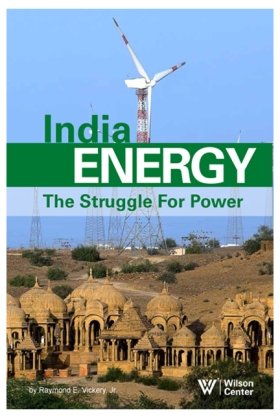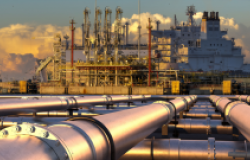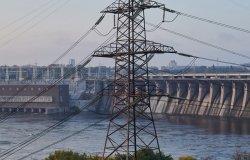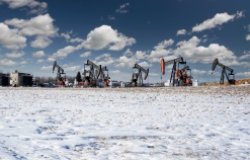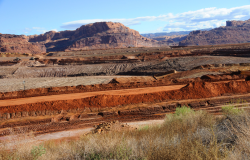The U.S. Shale Gas Revolution: Consequences and Opportunities for Korea and Asia
This essay addresses the U.S. shale revolution, the consequences for Korea in the Asian regional context, and energy opportunities in the pending negotiations for a Trans-Pacific Partnership.
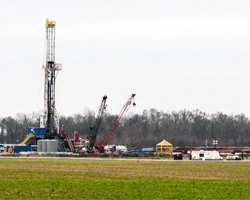
Is the U.S. Shale Gas Revolution for Real?
In recent years, the Wilson Center Press and the Johns Hopkins University Press published two editions of a book, which I co-edited with David Goldwyn, entitled Energy and Security. The first edition was published in 2005 and focused on how to manage the growing energy dependence – felt just as much in the United States as in Asia, the world’s two top energy consumers – on the energy producers inside and outside the Organization of Petroleum Exporting Countries (OPEC).
The second edition, published in 2013 and now in its second printing, is all about the energy revolution which is making the United States the top oil and gas producer – ahead of Russia and even Saudi Arabia within its OPEC limits. The United States has reached this position as a result of ultra-deepwater offshore drilling and the development of shale gas and tight oil through horizontal drilling and hydraulic fracturing, otherwise known as “fracking.”
Just since 2008, U.S. oil production has increased by 3.9 mbd (millions of barrels of oil per day), Canadian oil production by another 1 mbd, and Mexico promises to increase greatly as well if its planned energy reforms are implemented. This offers the prospect of meeting North American energy needs for well over 100 years – some say up to 300, depending on economic growth rates. It also presents the reality of a shift in the axis of the energy balance of power from Riyadh and Moscow to the Bakken, Eagle Ford, and Gulf of Mexico.
But like other fuels, shale requires investment to develop. Most analysts believe that it is sustainable over $70 per barrel of oil or $5 per thousand cubic feet of natural gas, but it will slow down below those levels. As demand grows in the future, we can expect higher prices to sustain shale and other development in both oil and gas.
Of course, other complex projects face similar downsides and upsides – and will depend in turn on whether there are increased growth, increased energy consumption, and increased energy prices over the longer term. Despite immediate financial challenges, this can be expected as China, Japan, Britain, and the EU plan to follow the United States with large economic stimulus packages of their own. The U.S. economy has already demonstrated positive growth effects, and East Asian economies will likely follow.
This is the backdrop for expressing confidence that the U.S. shale gas revolution is and will be for real, even if its growth rate will be sensitive to world energy prices – as indeed are other fossil and non-fossil fuels.
--
Read the complete essay by clicking the link below to download the PDF.
About the Author

Jan H. Kalicki
Counselor for International Strategy, Chevron; Chairman, Eurasia Foundation

Indo-Pacific Program
The Indo-Pacific Program promotes policy debate and intellectual discussions on US interests in the Asia-Pacific as well as political, economic, security, and social issues relating to the world’s most populous and economically dynamic region. Read more
